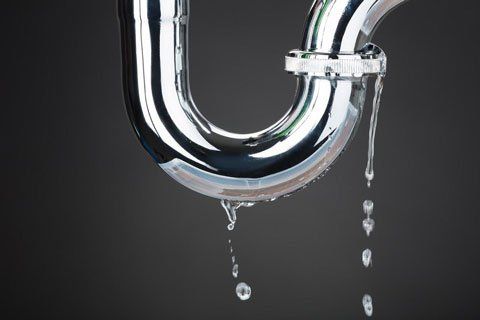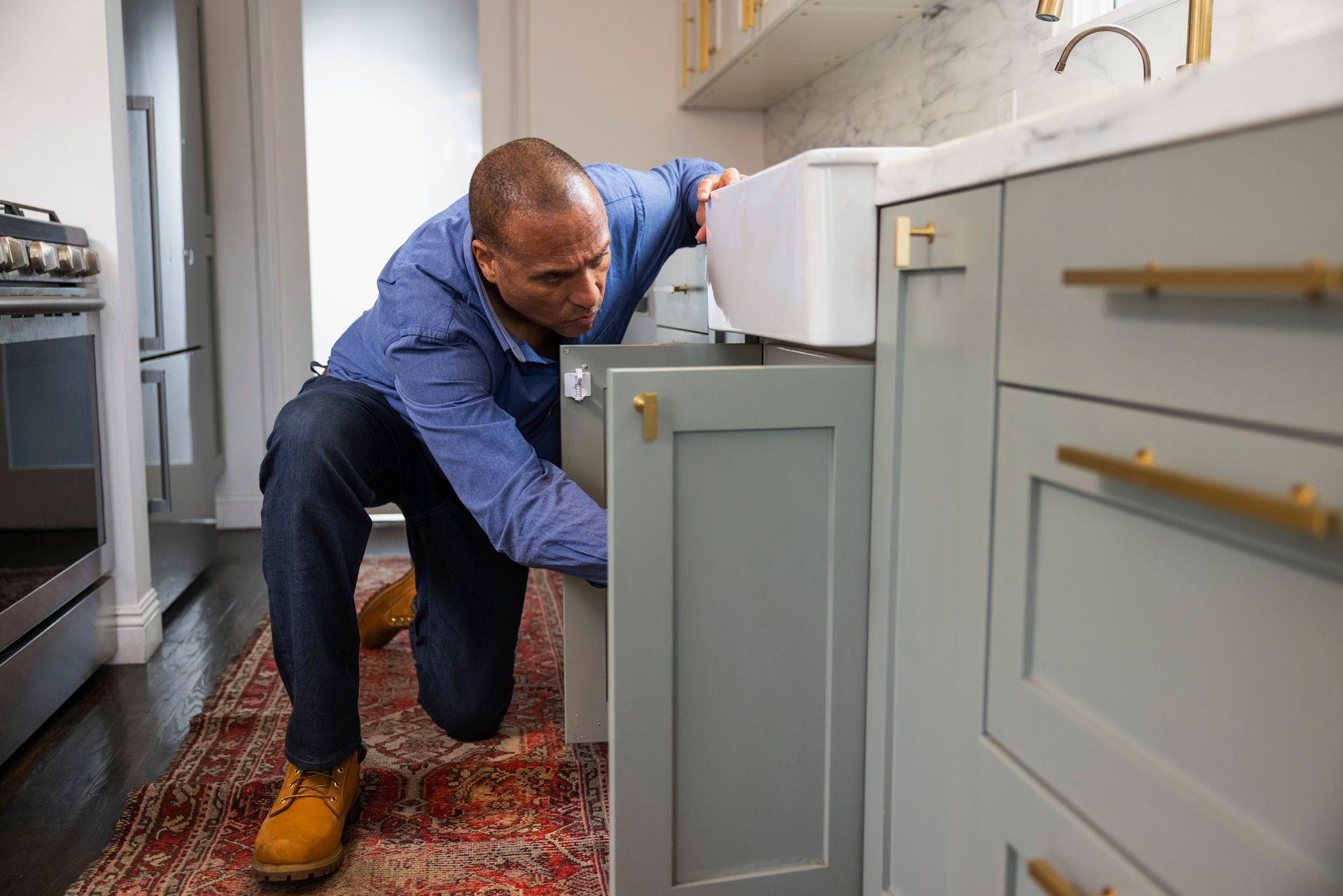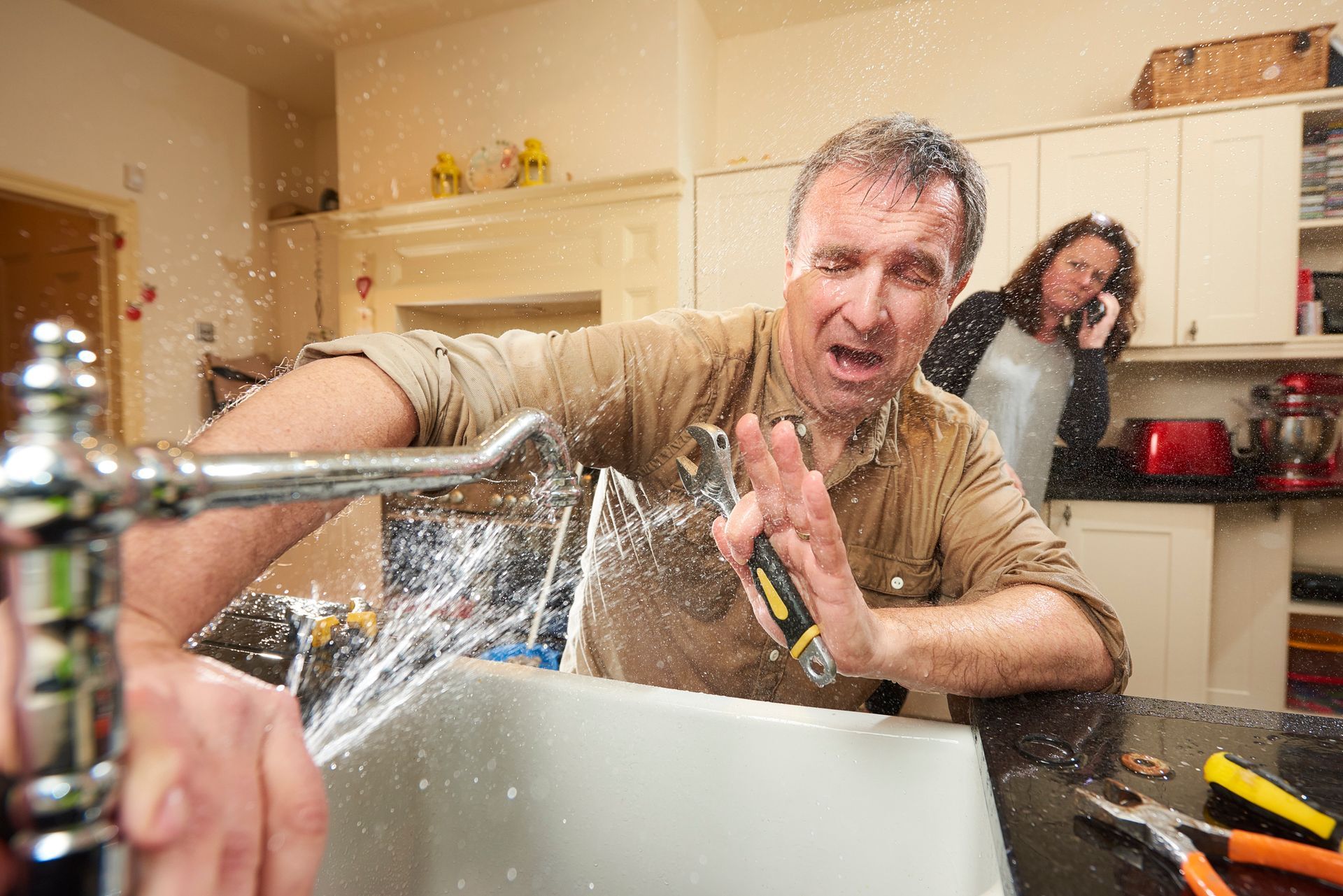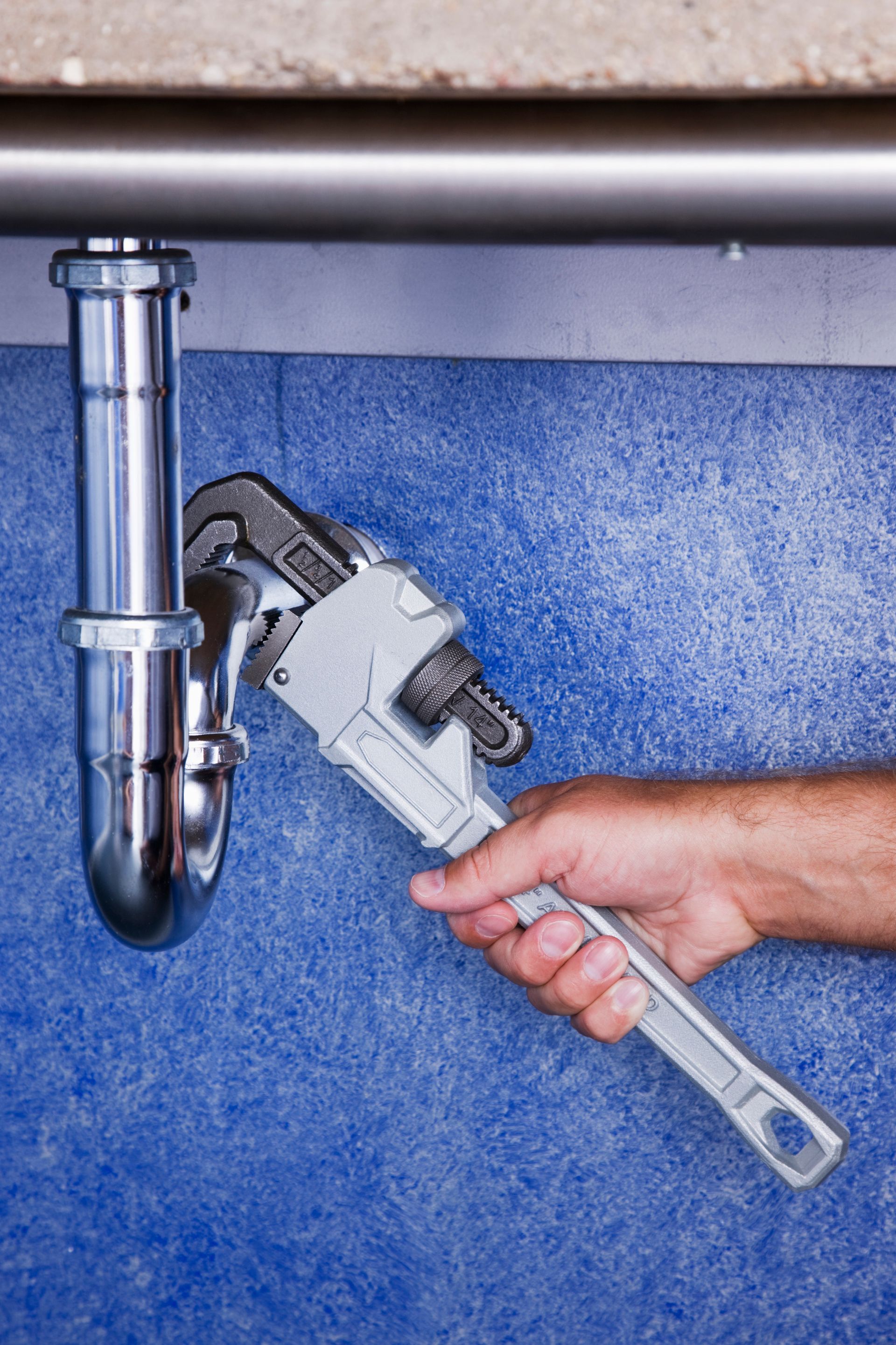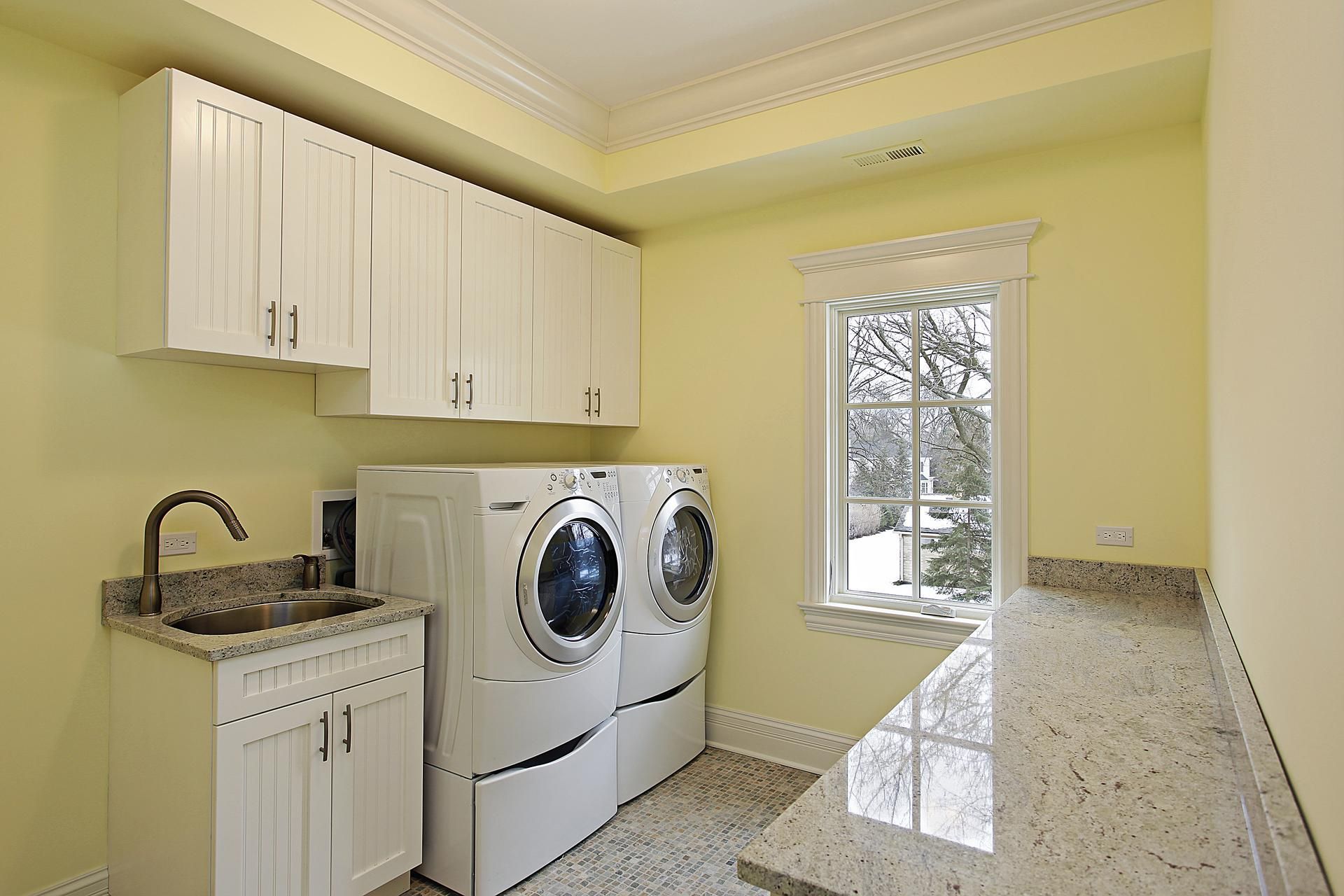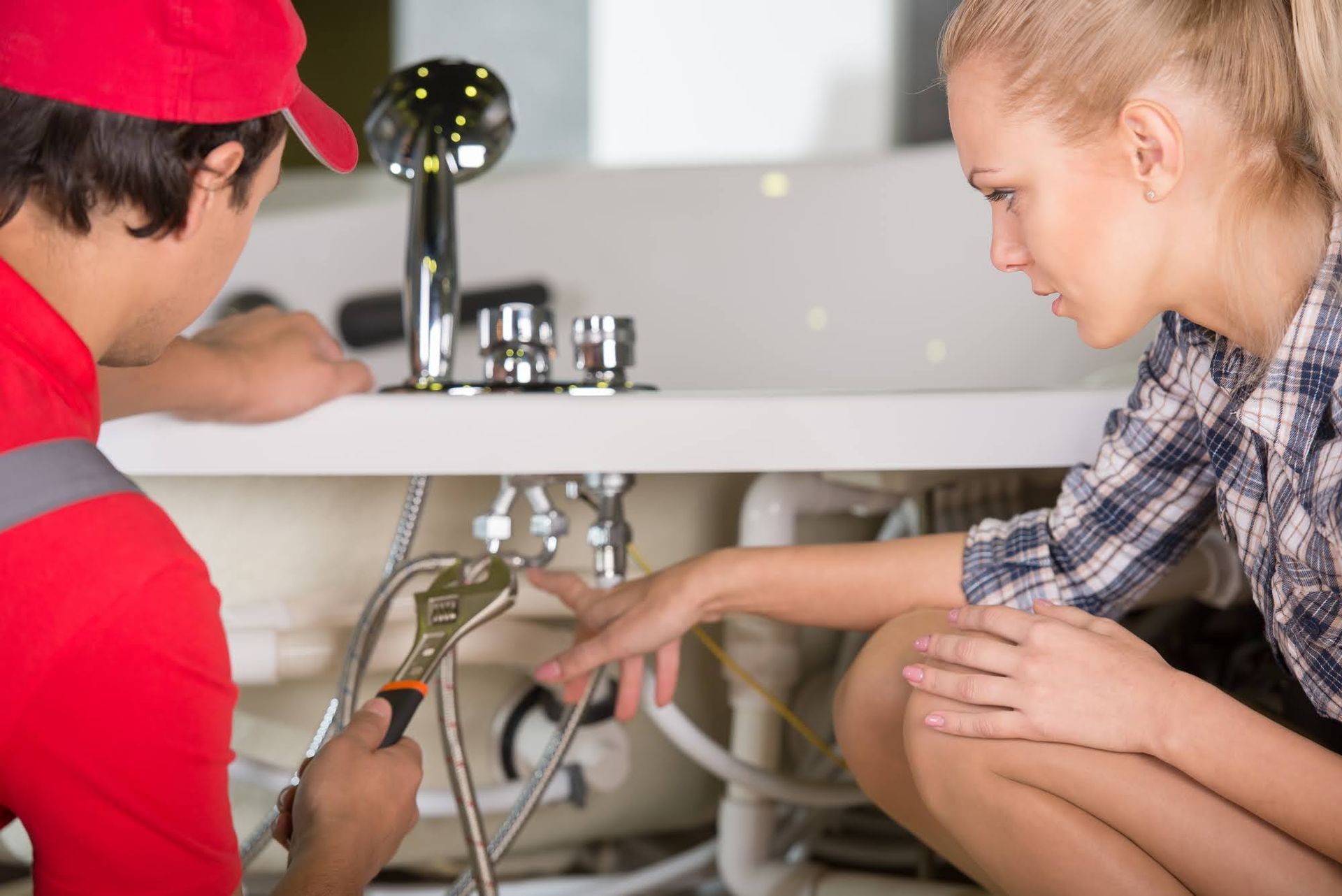Blog
5 Ways to Detect a Hidden Plumbing Leak
A
leaky pipe is more than just an annoyance. Without prompt repairs,
even the smallest leak can lead to big problems like inflated water
bills and widespread rot that threatens your home’s structural
integrity.
Yet water leaks are harder to detect than you might expect. Many plumbing leaks develop hidden deep inside your walls, under feet of soil, or inside a poured concrete foundation. Here are five different methods for determining where a leak might be inside your home.
1. Check the Water Meter
Your water meter is a great tool for determining what's going on with your home's plumbing. However, this method will only work for leaks on the incoming supply lines and not in the wastewater plumbing.
Start by turning off every faucet, water-using appliance, and toilet in your home. Look for cut-off valves located near the fixtures and don't forget to shut off refrigerators with water and ice lines. Once you're sure nothing is using any water actively, check your water meter. If the usage numbers keep rising or you see a red arrow or silver wheel continuing to spin, even slowly, there's definitely a leak.
Turning off your main water connection and finding action continuing at the meter indicates your leak is inside the house. If you have clear signs of the leak but don't get movement on the meter after turning off the main connection, start looking outside of the home instead.
2. Try a Dye Test
Do you suspect that your toilet as the cause of your leak? Grab some food coloring from your local grocery store. Put a few drops in the upper tank and then check it after 25 minutes for color reaching the bowl. If you do notice any dye traveling from the tank to the bowl, a leak between the two parts is sending valuable clean water right down the drain.
The food coloring will also help you notice if there's any water escaping to the outside of the tank and running down to the floor. Use blue or green for more visibility against the white porcelain of your toilet. As long as you stick with food coloring instead of other dyes and clean up the toilet promptly within a few hours of the test, you shouldn't have any issues with staining.
3. Watch for Water Pressure Changes
Many homeowners only begin to suspect a plumbing leak after noticing a reduction in water pressure at a faucet or shower. When the pressure is dropping at just one source, the problem is due to a leak on the pipe supplying it. You may also notice this drop in pressure in the form of a slower refill time for a toilet tank.
4. Look for Signs of Moisture
Leaks hidden inside the walls or underground will still eventually make their presence known in a visual way. Keep an eye out for brown or gray marks on your ceilings and walls, which may be round, uneven, or simple streaks. Mold growth under sinks or around toilets also indicate a steady supply of moisture usually tied to a leak.
Outside the home, check for parts of the lawn that stay damp, salt deposits on exposed foundation or basement walls, and dead patches of grass killed by soggy soil.
5. Hire a Leak Detection Service
While all of these tricks work for detecting leaks in the freshwater supply lines, they're less reliable for leaks from the drainage pipes. Infrared thermal imaging is the best solution because it works for all kinds of leaks, even when they're deep underground or in the midst of poured concrete. Thermal leak detection relies on the temperature difference between dry and wet materials to pinpoint the problem.
Solve your leak problems by finding them all in one visit with thermal imaging from us here at Complete Plumbing.
Installation
Services
and Military Discount



